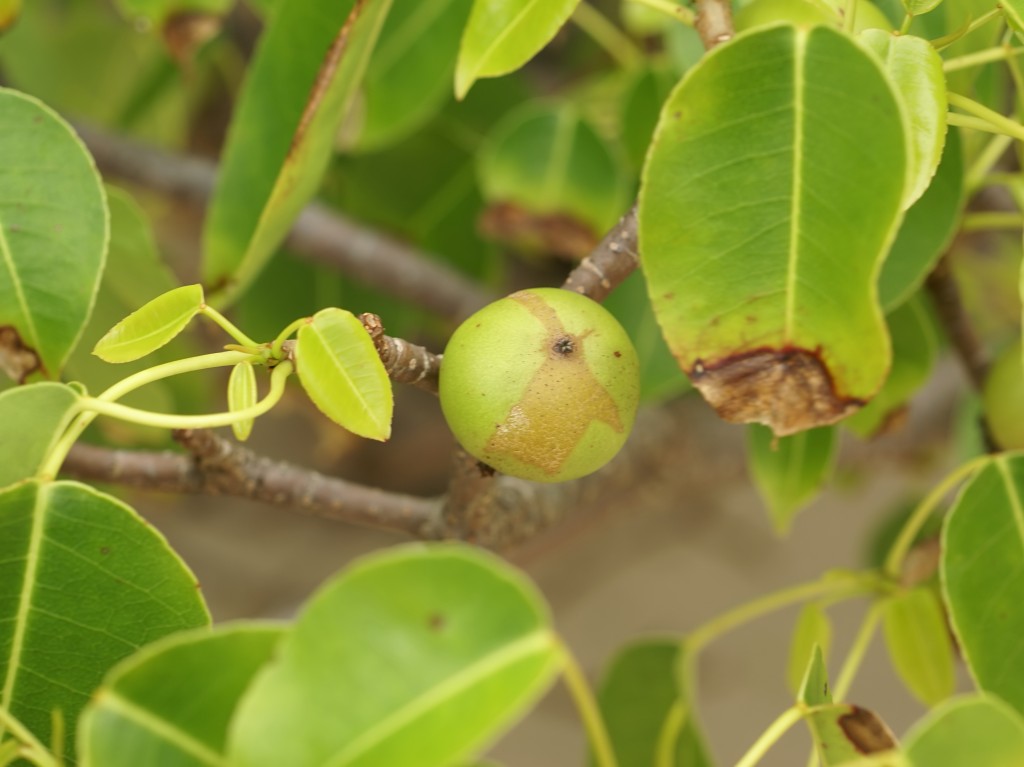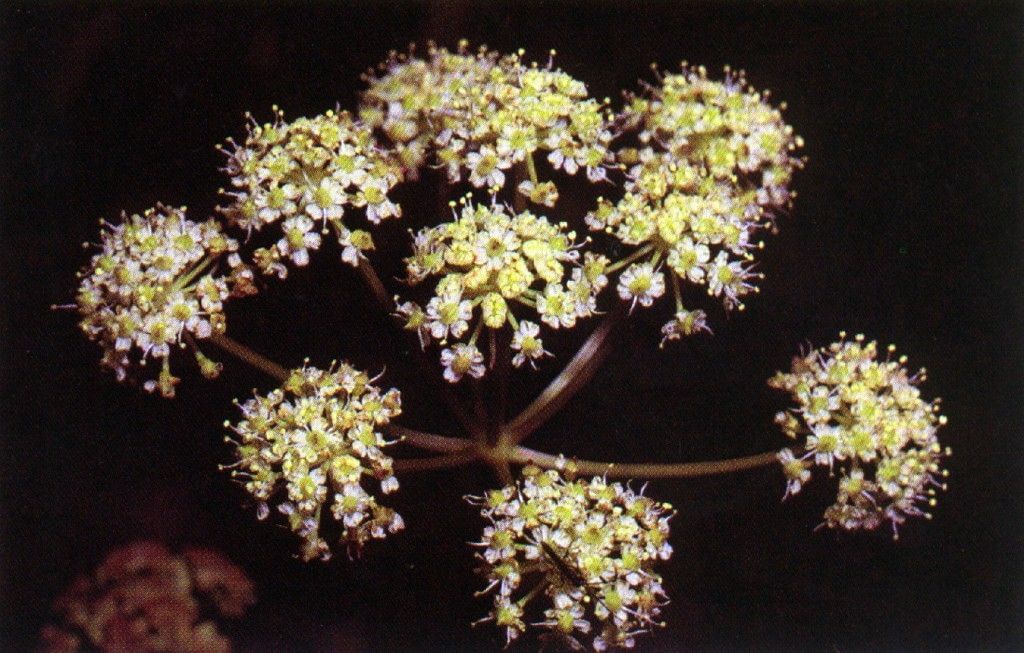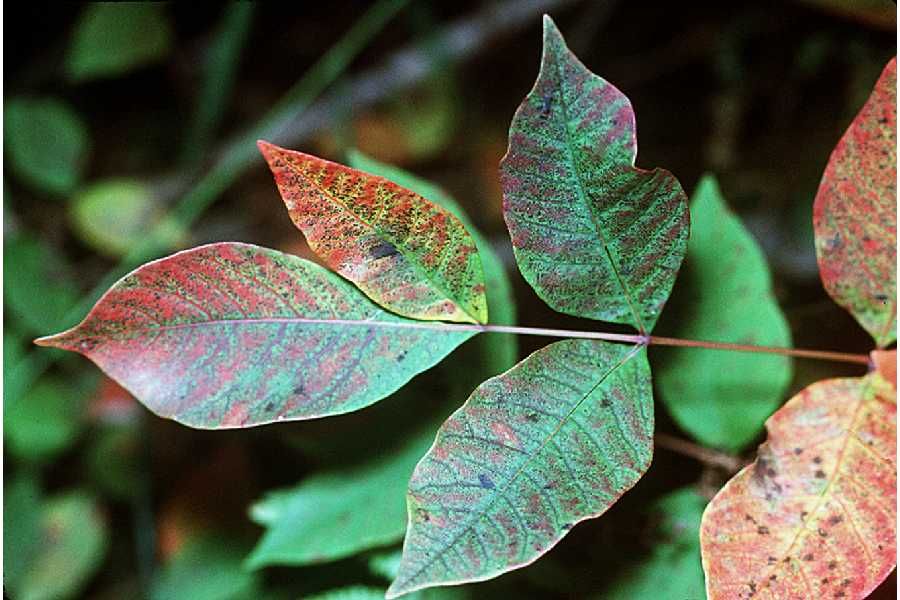3 Poisonous Plants in North America to Avoid
There are few things more enjoyable than a nice hike through the woods, but while it may seem peaceful to us, the reality is that every forest is full of strife as densely packed organisms vie for limited resources and their very survival. Over time, different creatures have developed vastly different ways of dealing with the problems they face.
Even though we may only be there as visitors, hikers must always acknowledge the potential for danger in a wilderness environment. While it's obvious that you should do your best avoid bears, wolves, and other large predators, the forests of North America hold other, less obvious dangers – poisonous plants.
While some plants use sharp thorns or bad-tasting leaves to help ensure their survival, others have developed powerful toxins to deter would-be dangers to their survival.
Here are 3 poisonous plants in North America plants to avoid when you're out in the woods.
MANCHINEEL (HIPPOMANE MANCINELLA)
Nicknamed manzanilla de la muerte ('little apple of death'), the manchineel is one of the most deadly trees on Earth. Its Spanish nickname refers to both its toxicity and the superficial resemblance its leaves and fruit bear to those of an apple tree, but a manchineel apple a day will most definitely not keep the doctor away.
In fact, the doctor is exactly who you'll want to see should you ever accidentally eat one of these fruit, which are deceptively sweet and tasty when first consumed. Shortly after eating the fruit the throat begins to swell shut and the mouth begins to burn and blister. Upon digestion the fruit can cause severe diarrhea as well as internal bleeding, shock, and edema.
But here's the crazy part: you don't need to eat the manchineel tree's fruit to fall victim to its toxicity. In fact, you don't even need to touch it. If you so much as stand beneath the tree's branches during a light rain, the tiny amounts of the trees toxic sap carried by raindrops will cause your skin to blister. Making the unfortunate mistake of burning the tree creates a noxious smoke that can cause blindness and severe respiratory complications.
The manchineel tree is native to Florida and many Caribbean Islands, as well as parts of Central and South America. While many manchineel trees are marked with a red 'X' or even a warning sign, many others – especially those in more remote locations – aren't.
WATER HEMLOCK (CICUTA DOUGLASII)
The USDA's Agricultural Research Service has has gone so far as to call the Water Hemlock 'the most violently toxic plant that grows in North America,' a reasonable assessment considering the fact that the plant contains the potentially deadly neurotoxin known as cicutoxin.
Water Hemlock is native to the Western United States and resides in moist habitats, usually near ponds and streams, or in marshy areas. Because it shares a habitat and superficial appearance with a variety of edible plants including among others wild celery, watercress, wild ginseng, and water parsnip, Water Hemlock's roots are occasionally consumed by foragers, a potentially fatal mistake.
The cicutoxin is present throughout the plant, but is particularly concentrated in the roots (also the part of the plant most commonly ingested), and begins to take effect as soon as 15 minutes after ingestion. The early symptoms may include nausea, stomachache, confusion, weakness, dizziness, drowsiness, and vomiting.
These, however, are just the minor effects. They soon give way to seizures which can cause a variety of complications including brain swelling, and kidney failure. Death resulting from the root can follow as soon as a few hours after ingestion, and even those who recover usually endure seizures, hallucinations, delirium, and numb or tingly skin for up to 3 days. After that, they may suffer from muscle twitching and weakness, as well as restlessness and anxiety for months after the poisoning.
POISON SUMAC (TOXICODENDRON VERNIX)
Poison Sumac, like its 'poison' cousins Poison Ivy and Poison Oak, produces a resin called urushiol which causes irritation to skin and mucous membranes. However, the virulence of poison sumac's toxins is significantly greater.
If you hike in the Eastern United States or Canada, especially where the soil is often moist, keep an eye out for poison sumac. Contact with any part of the plant will expose you to the tree's toxic resin, which quickly leads to rashes known as urushiol-induced contact dermatitis. Among its symptoms are swelling, itching, oozing, and in severe cases a painful burning sensation.
Even if your skin doesn't come into direct contact with the plant, you're still at risk of the unpleasant effects of urushiol-induced dermatitis. The resin adheres itself to most anything it contacts, including the fabrics we use in clothing. If the exposed fabric then touches your skin before it's washed, you're in for an itchy couple of days. Let's not even think about the poor souls who discover the hard way that they've used a poison sumac branch as a towel rack during a day at the river.
Like the manchineel tree, poison sumac's toxicity can also be even more problematic if the urushiol-containing plant matter is burned. The vaporized urushiol oil in the smoke will still cause a reaction when it contacts skin, and can be significantly more dangerous if inhaled. In addition to severe irritation of the eyes, urushiol absorbed into the bloodstream via the lungs can cause what's called a systemic reaction, meaning that instead of a localized rash, the irritant affects the entire body, causing potentially life-threatening complications.
WATCH OUT FOR POISONOUS PLANTS ON THE NORTH AMERICAN TRAILS
So the next time you're out enjoying the serenity of a long hike through the woods, make sure to keep an eye out for any toxic foliage native to the region you're hiking in. While the symptoms of the plants listed above are certainly on the extreme end of the spectrum, every region has its share of plants that will poke, scratch, itch, and sometimes even poison you.